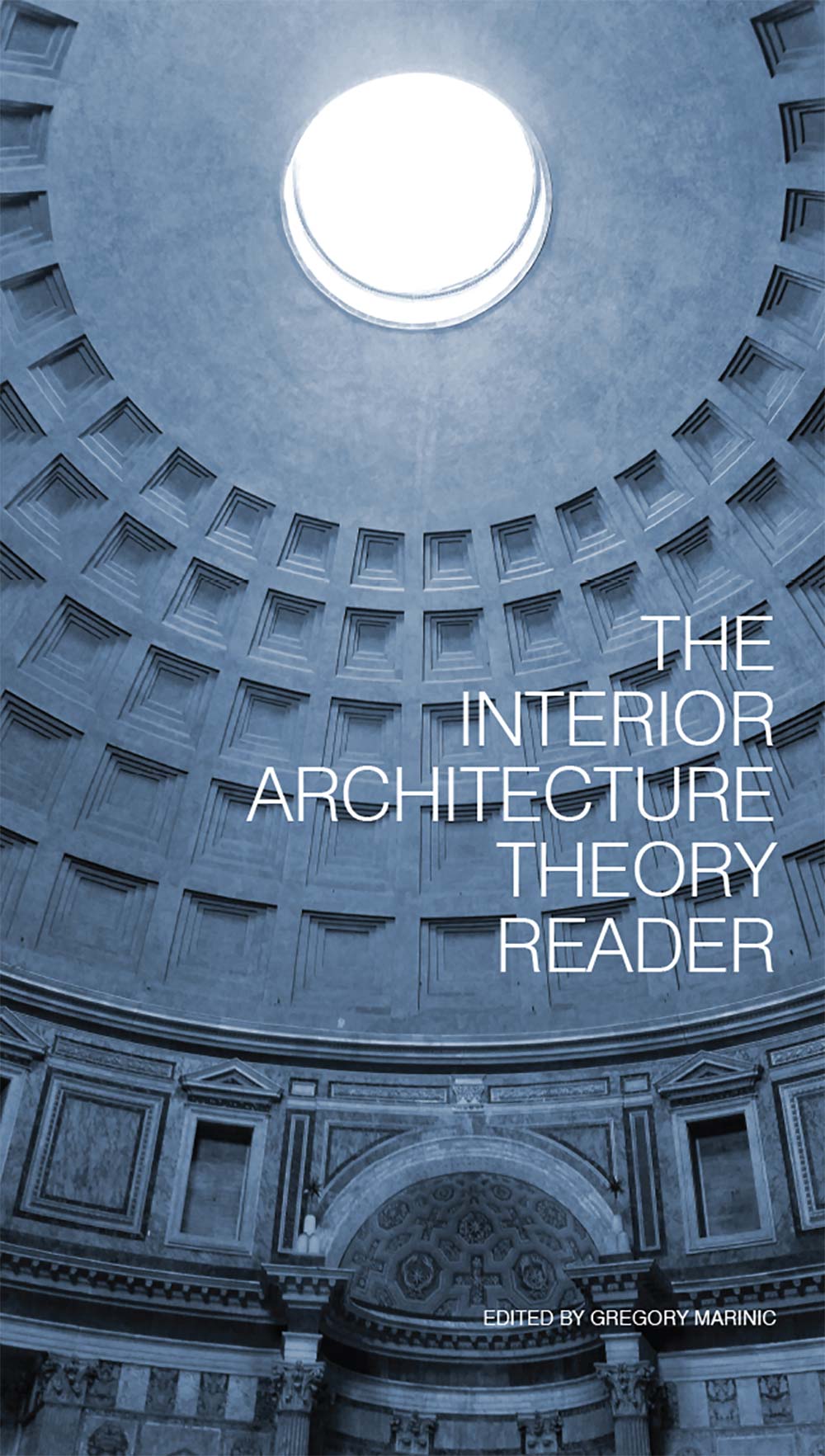Beyond the Visible
Skillsets for Future Interior Architecture Practice
In the coming years, Interior Architecture will be positioned at the very center of architectural design practice. As a proportion of all construction dollars spent, the last decade has seen “alterations” rise to new highs in the construction market. This is likely to continue as several demographic trends will lead to less new construction, with more market share devoted to renovating existing facilities. Beyond these trends, our future will be one that is characterized by increasing resource scarcity. In this future, the most appropriate solution to a design problem may not always be new construction but, instead, an inventive reimagining of current infrastructures. These impending transformations will require an opportunistic attitude and analytical skillset for future Interior Architecture practitioners. This essay looks at attitudes and skillsets for future Interior Architecture practice featuring strategies such as modularity, reconfigurability, designing for disassembly, planning to accommodate future renovations, and engaging future occupants by designing for ongoing personal customization.
Date
2018
Publication
The Interior Architecture Theory Reader, Gregory Marinic, editor
Publisher
Routledge Taylor & Francis

